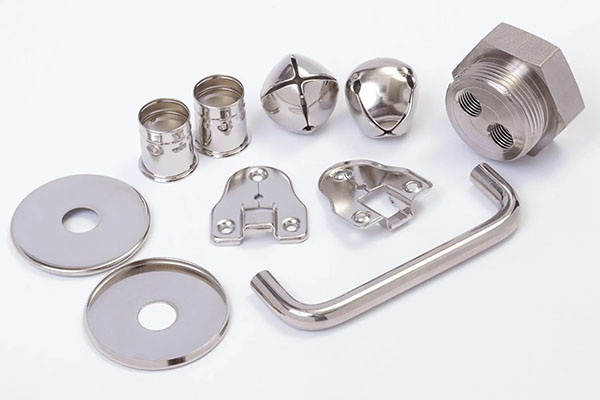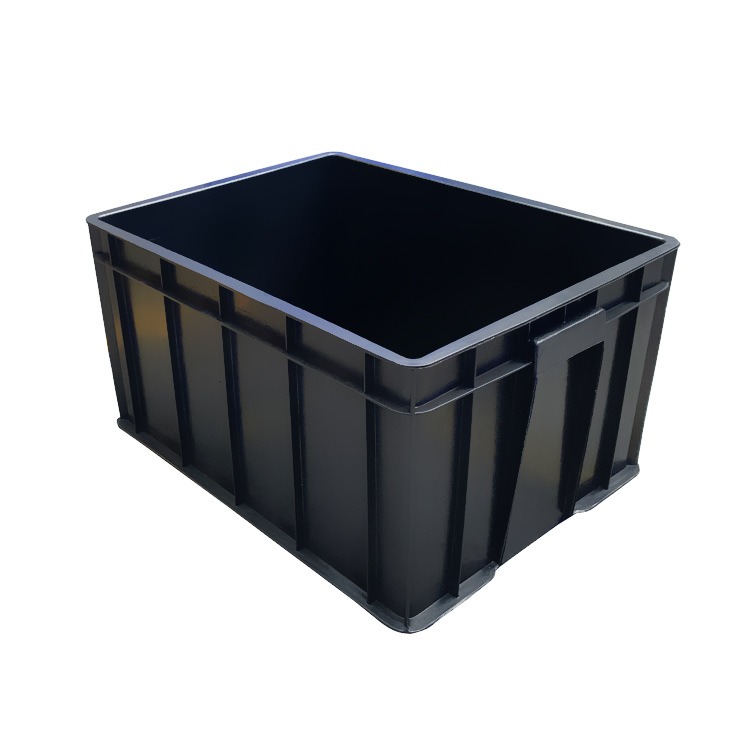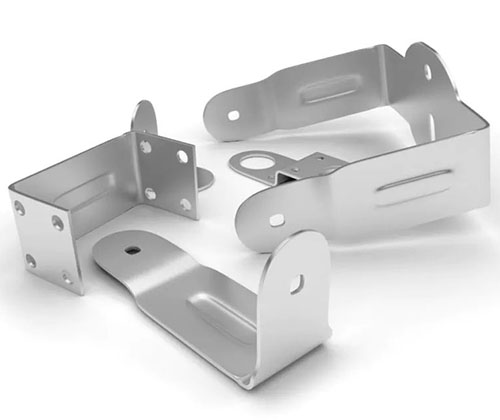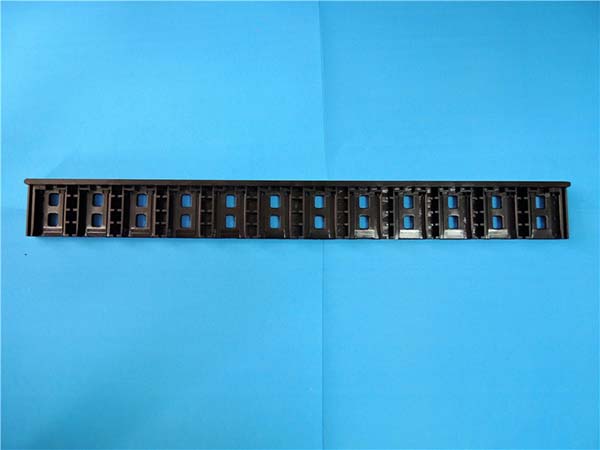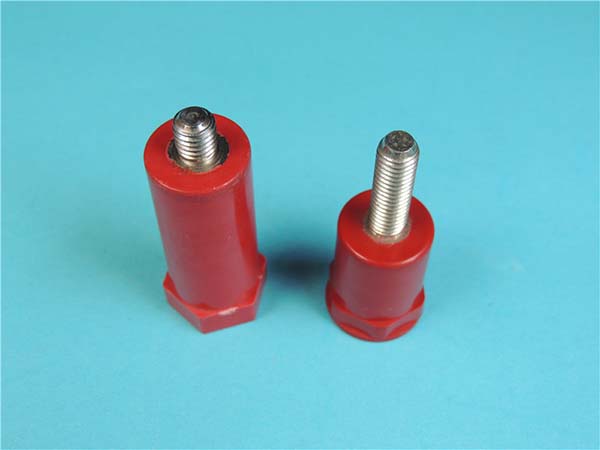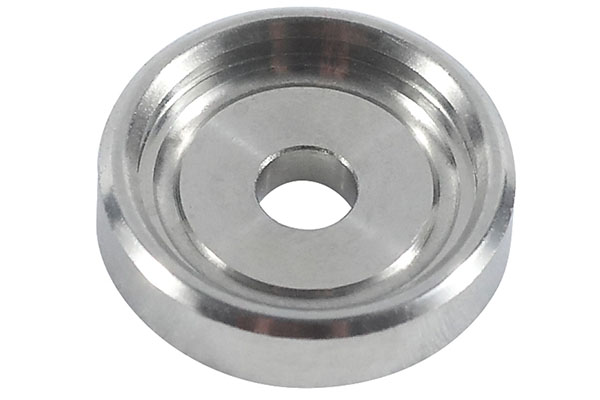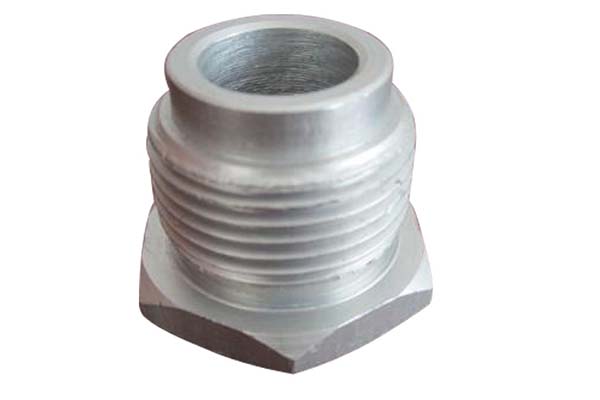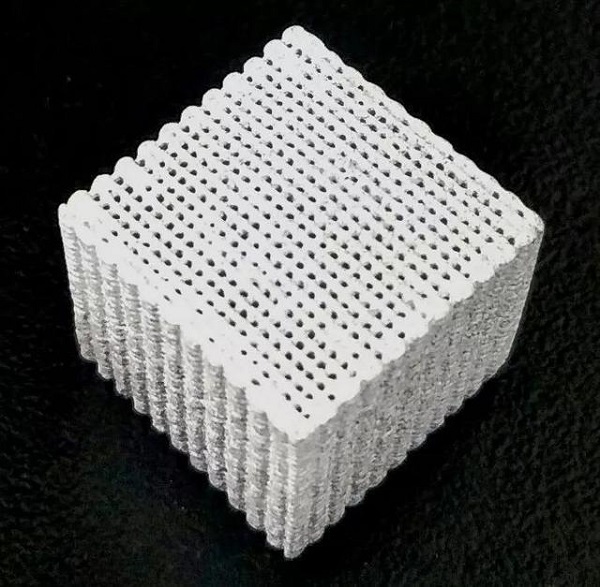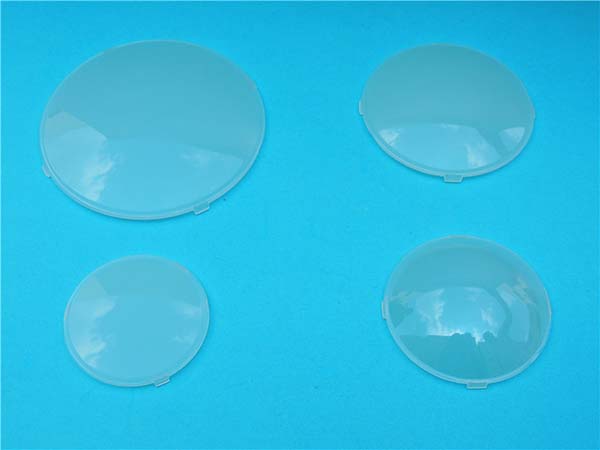Introduction to Iterative Rapid Prototyping
In the rapidly evolving world of product development, staying ahead of the competition requires methods that optimize speed, quality, and responsiveness. Iterative rapid prototyping is an approach gaining increasing popularity for its ability to streamline the development process. This methodology involves the creation of successive prototypes, allowing for frequent testing and refinement based on continuous feedback. By utilizing this approach, development teams can identify and resolve issues early, leading to products that better meet user needs and market demands.
Definition and Core Principles
What is Iterative Rapid Prototyping?
Iterative rapid prototyping is a product development strategy that focuses on creating multiple versions (iterations) of a product. Each iteration undergoes testing and feedback, with the results directly influencing subsequent prototypes. This process enables rapid improvement of the product by addressing issues early and continuously refining it based on real-world feedback.
Core Principles
- Continuous Feedback: Regularly collecting and integrating feedback from users and stakeholders to refine the product.
- Rapid Testing: Frequently testing prototypes to quickly identify flaws or areas of improvement.
- Iteration Cycle: Continuously cycling through stages of prototyping, testing, and refinement to incrementally enhance the product.
- User-Centric Design: Ensuring the product meets the needs and preferences of the target audience by focusing on the user experience.
- Collaboration: Encouraging input and teamwork from different departments to generate diverse insights and solutions.
Benefits Over Traditional Methods
Speed and Efficiency
Iterative rapid prototyping accelerates the product development cycle. By testing and refining prototypes regularly, teams can speed up the timeline compared to traditional, linear development models. This quicker turnaround not only reduces development time but also allows for faster market entry and a more agile response to changing consumer demands.
Higher Quality Products
Through iterative refinement, issues are identified and addressed early, reducing the risk of costly errors down the line. With each iteration, the product improves based on real-world feedback, ensuring it meets user expectations. The focus on testing and user input results in a higher-quality final product that is well-tailored to its target audience.
Flexibility and Adaptability
Unlike traditional development methods, where changes can be costly and time-consuming, iterative rapid prototyping provides the flexibility to pivot or adjust as new insights emerge. The iterative process allows for continuous improvements without the constraints of rigid, predefined stages.
Cost Savings
Identifying flaws early in the development cycle reduces the need for expensive late-stage redesigns or post-launch fixes. This proactive approach results in substantial cost savings, preserving resources for further innovation and product improvement.
Enhanced Collaboration
The iterative process fosters collaboration across various functions within the development team. By incorporating feedback from different disciplines—design, engineering, marketing, and user experience—teams can come up with more innovative solutions and a deeper understanding of the product’s complexities.
The Process of Iterative Rapid Prototyping
Stage 1: Conceptualization and Planning
In this initial phase, the product concept is defined, and a development plan is formulated. Market research and user needs analysis help inform the product vision. Brainstorming sessions and feasibility studies guide the creation of a project timeline and clear objectives.
Stage 2: Initial Prototyping
Once the concept is finalized, the first prototype is created. This prototype serves as a basic version to test the core functionality of the product. CAD software, 3D printing, and mockups are often used to create a physical or digital model for testing.
Stage 3: Testing and Feedback Collection
With the prototype in hand, testing begins. This phase can include user trials, usability testing, technical assessments, and focus groups. Feedback collected during this phase is critical for identifying strengths and weaknesses that will be addressed in future iterations.
Stage 4: Iteration and Refinement
Based on the feedback received, the product undergoes a series of refinements. The design is tweaked, features are enhanced, and any identified issues are resolved. Each new prototype reflects improvements from the previous iteration, advancing the product toward its final form.
Tools and Techniques for Rapid Prototyping
Software and Hardware Options
Several tools facilitate rapid prototyping at various stages of the development process:
- CAD Software: Tools like AutoCAD, SolidWorks, and Rhino are used for digital modeling and design, offering precise control over product details.
- 3D Printers: These devices enable the quick fabrication of physical prototypes based on digital models, allowing for immediate testing and iteration.
- Mockup Toolkits: For early-stage prototyping, low-fidelity mockups created from basic materials can be used to visualize the concept before investing in more advanced prototypes.
- Usability Testing Software: Tools like UserTesting and Hotjar help gather user feedback, track interactions, and identify usability improvements.
- Project Management Software: Applications like Jira, Trello, and Asana help manage the iterative process, track progress, and coordinate teams.
Best Practices for Effective Prototyping
To maximize the benefits of iterative rapid prototyping, consider the following best practices:
- Start Simple: Begin with low-fidelity prototypes to quickly test basic concepts before committing to detailed designs.
- Prioritize User Feedback: Ensure user feedback is gathered at every iteration to guarantee that the product addresses their needs.
- Maintain Flexibility: Be open to changes and improvements based on new insights, even if it means deviating from the original concept.
- Document Everything: Keep detailed records of all design iterations, feedback, and decisions to track progress and refine future prototypes.
- Encourage Collaboration: Foster a culture of collaboration, ensuring team members from different disciplines contribute their expertise and ideas.
- Set Clear Goals: Define specific objectives for each iteration to guide the development process and evaluate progress effectively.
- Use the Right Tools: Select tools and technologies that align with your project’s needs and constraints, from design software to prototyping hardware.
Case Studies and Success Stories
Examples from Various Industries
Technology Industry: Apple's iPhone Development
Apple's development of the iPhone exemplifies the power of iterative rapid prototyping. The company built multiple prototypes, each testing different aspects of the device, including screen size, interface, and functionality. Through extensive user feedback and continuous testing, Apple refined the iPhone into the highly successful product it is today.
Automotive Industry: Tesla's Model S
Tesla's development of the Model S electric car highlights how iterative prototyping can revolutionize industries. Multiple prototypes were created to test various features, including battery life, safety, and the user interface. By refining the design based on real-world feedback, Tesla was able to produce a revolutionary vehicle that set new standards in the electric car industry.
Healthcare Industry: Medtronic's Surgical Instruments
Medtronic uses iterative rapid prototyping to develop advanced medical devices. Prototypes are created and tested in real-world surgical environments, with feedback from healthcare professionals shaping subsequent designs. This approach ensures that Medtronic’s instruments meet the high standards required for medical applications.
Lessons Learned and Key Takeaways
From these case studies, several key insights emerge:
- Embrace Failure Early: Early failures provide valuable lessons that can prevent larger issues later on.
- User-Centric Design: Incorporating user feedback at every stage ensures the final product truly meets customer needs.
- Agility and Adaptability: Flexibility to adapt based on feedback is essential for success.
- Invest in Tools and Technology: The right tools can significantly enhance the efficiency and effectiveness of prototyping.
- Foster Collaboration: A collaborative culture leads to more creative solutions and a better understanding of the product.
- Commit to Continuous Improvement: Even after launch, continuous refinement based on feedback is essential for long-term success.
Conclusion
Iterative rapid prototyping offers a powerful strategy to optimize product development. By focusing on continuous feedback, rapid testing, and iterative refinement, companies can accelerate development, improve product quality, and reduce costs. The case studies from industries such as technology, automotive, and healthcare demonstrate how this approach drives innovation and success. As technology continues to evolve, adopting iterative rapid prototyping will be crucial for staying competitive and meeting the ever-changing demands of consumers.
